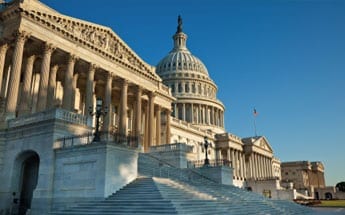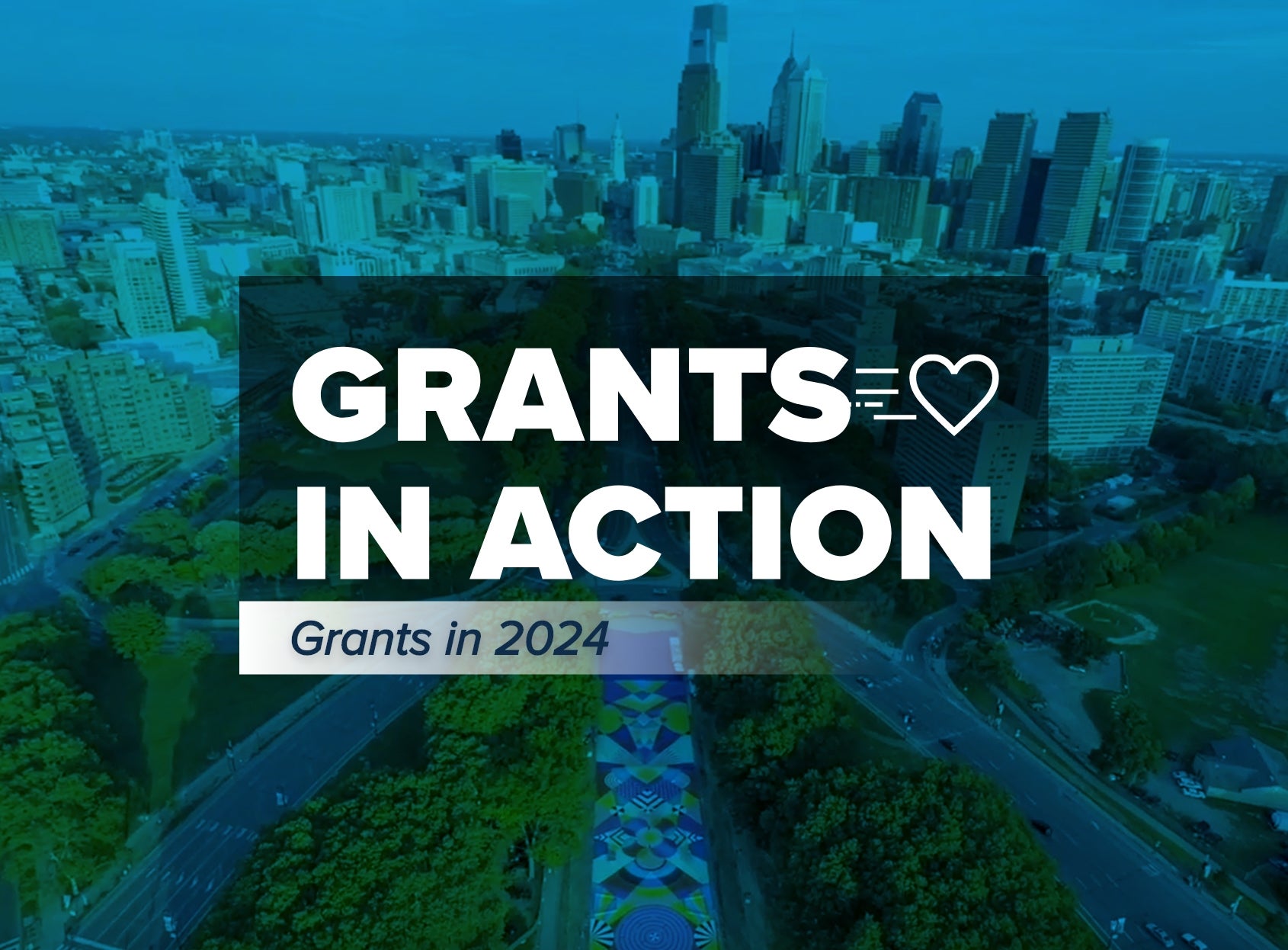CRS Reports on Donor-Advised Funds

Last month, the Congressional Research Service (CRS) released an analysis of donor-advised funds (DAFs). It uses more recent data than the Treasury Department’s report, which came out late last year.
While the CRS document shared many of the same statistical findings as the Treasury’s report, it analyzed the data differently and made other assumptions resulting in very different conclusions.
The CRS analysis concluded that the 13.1 percent aggregate payout from donor-advised funds in 2008 masked a “substantial share” of DAFs that did not make any grants. However, to determine that information, CRS analyzed data from several DAF sponsors that manage only one DAF account.
NPT’s own DAF Market Report researches the same IRS 990 forms of nearly 500 of the largest DAF sponsors. NPT does not include sponsoring organizations with only one DAF account because the data does not materially change the aggregate payout statistics. By CRS’s statement, the 450 DAF charities that made no grants in 2008 held only $280 million combined in assets—that represents less than one percent of all DAF assets in 2008 by NPT’s estimates. I would be interested to know why CRS chose to focus its payout analysis on the sponsors with only one DAF account and relatively low asset value when it represents such a small share of the market.
The CRS analysis also addresses the issue of donor control: it concludes that donors have effective control over their DAFs—including their investment options—rather than the sponsoring charity. This finding is different than the Department of Treasury’s report. It is also inconsistent with my observations after 20 years of working with DAFs.
The CRS analysis puts forth several policy options to further regulate DAFs. It suggests possibly creating a minimum DAF payout requirement. It also discusses the possibility of changing how donors take a charitable deduction for gifts to DAFs. Between the Treasury Department’s report and the CRS analysis, Congress has a wealth of information about DAFs and their sponsors. I am eager to see what our policymakers will do with the conflicting observations. While they are analyzing this important data, I urge them to focus on the most important aspect of DAFs—how they help Americans meet their personal philanthropic goals and also support the many thousands of charitable organizations in our country and abroad.


